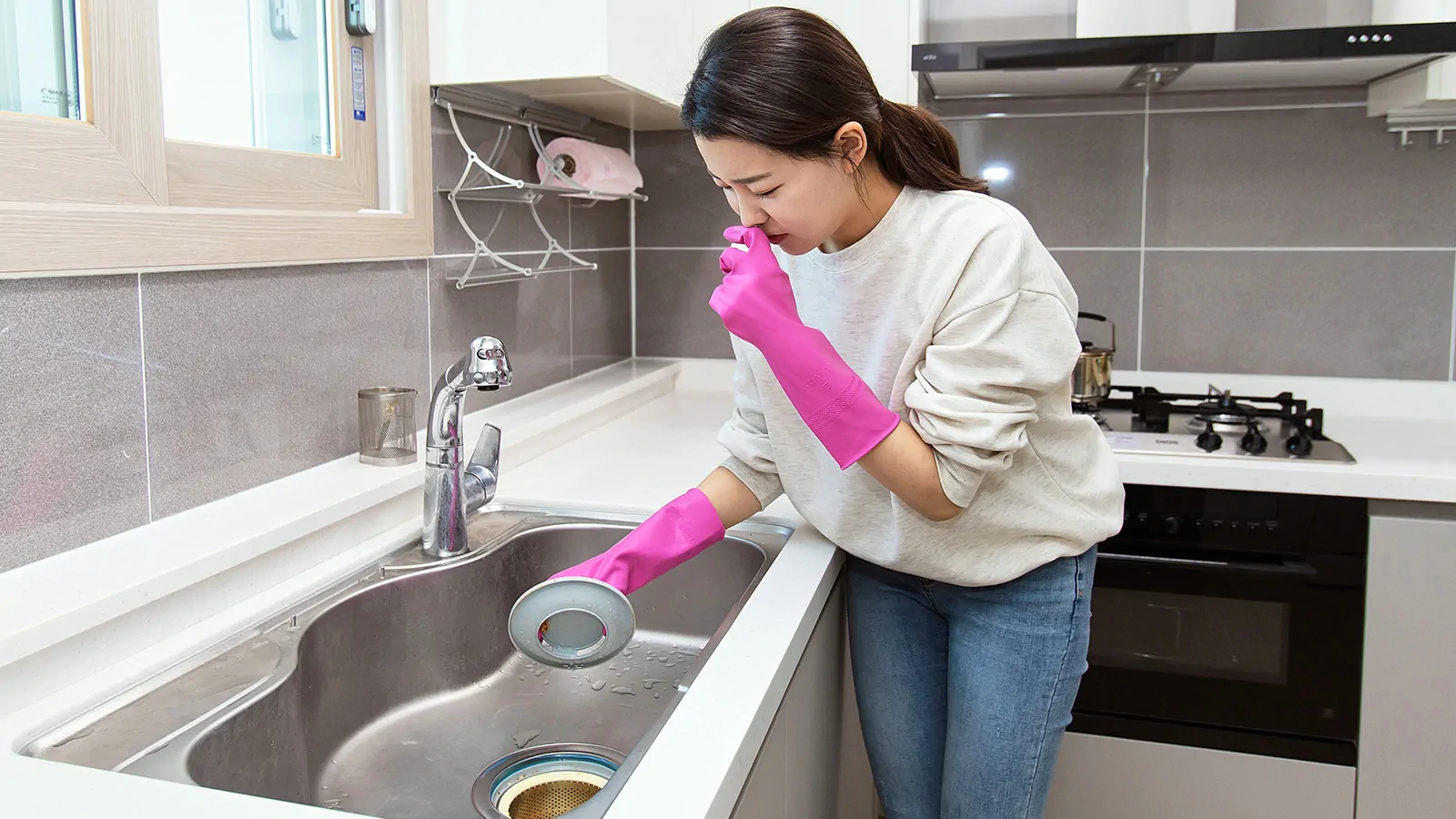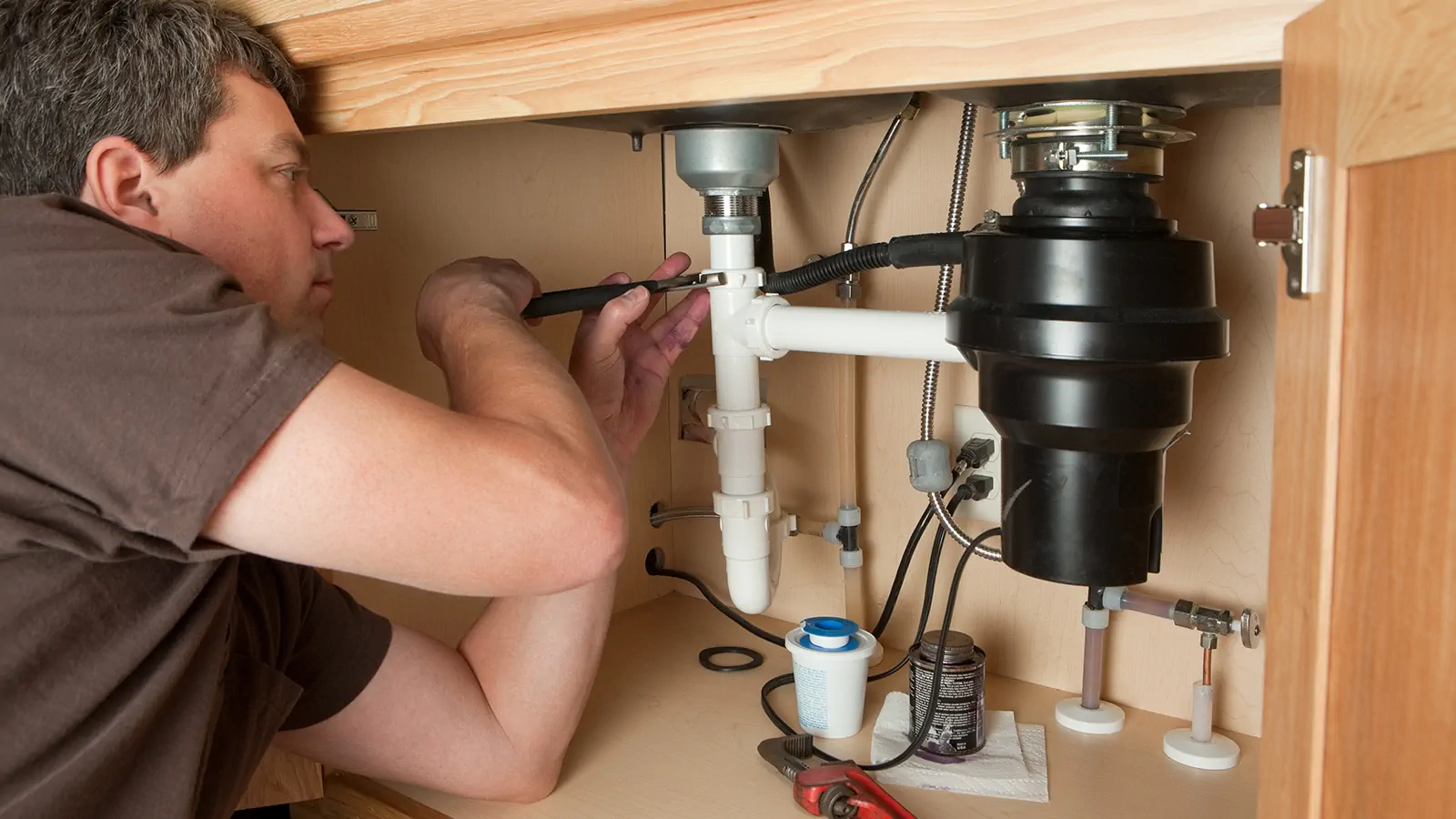You're right in the middle of preparing dinner, rinsing vegetables, when a strong, unpleasant odor wafts up from the sink. You flip on the garbage disposal, but instead of the usual quick hum and a clean sink, you hear odd grinding sounds. It's time to face the inevitable—your garbage disposal needs a good cleaning. Today, we'll dive into an essential but often overlooked task: cleaning your garbage disposal. It’s one of those chores that can easily slip through the cracks, but your nose won’t let you ignore it for too long. Keeping it clean is key to maintaining a fresh-smelling kitchen and ensuring your sink runs smoothly. But don’t worry—it’s easier than you might think! Your sense of smell will definitely remind you when it’s time for a garbage disposal refresh. Over time, leftover food particles and grease can accumulate in your disposal, leading to bad odors, clogs, and even potential damage to your pipes. Regular cleaning prevents these issues and keeps your kitchen smelling fresh. Cleaning your garbage disposal is straightforward! You only need a few common household supplies. Make sure you have these items ready before you begin: Before you start, always ensure your garbage disposal is turned off. You don’t want any accidents! Double-check by flipping the switch off at the wall or unplugging it if possible. Even with the disposal off, avoid sticking your hand down into the grinder. If you must, wear gloves and be cautious of the sharp blades. Inspect your garbage disposal with a flashlight. If you notice any large bits of food or debris, use tongs or pliers to take them out. Never use your hands for this job—it’s safer to use tools to avoid injury. Step 3: Clean the Splash Guard The splash guard consists of rubber flaps covering the disposal opening. Food can get trapped underneath, causing odors. Lift each flap and scrub off any grime using an old toothbrush with dish soap. Rinse thoroughly with water. Pour about two cups of ice cubes into the garbage disposal. Add a cup of salt (rock salt or coarse sea salt works best). Turn on the cold water and then activate the disposal. The ice and salt help dislodge stuck food particles and clean the blades. Baking soda and vinegar are excellent natural cleaners. Pour half a cup of baking soda into the disposal, followed by a cup of vinegar. Watch as it fizzes and bubbles—it’s the cleaning magic in action! Let it sit and bubble for about 10 minutes. This breaks down any remaining gunk and neutralizes odors. Afterward, flush the disposal with hot water for a few minutes. This helps wash away residue and gives your disposal a thorough rinse. Cut a lemon or lime into small wedges and drop them into the disposal. Run cold water and turn on the disposal. The citrus cleans your drain and leaves a pleasant scent. The natural oils from the peel also help keep the blades sharp. For a final touch, mix a bit of dish soap with warm water. Use a scrub brush or an old toothbrush to gently scrub the inside of the disposal. Pay special attention to the edges and under the splash guard. Rinse one last time with hot water. Now that your garbage disposal is squeaky clean, here are some tips to keep it that way: Even with regular cleaning, you may encounter some problems. Here are a few common issues and how to fix them: Cleaning your garbage disposal may not be the most thrilling chore, but it’s one of the most rewarding. With just a few household items and a bit of effort, you can keep your disposal running smoothly and your kitchen smelling fresh. Regular maintenance also extends the life of your disposal, saving you money in the long run. So next time you’re tidying up the kitchen, don’t forget about your trusty garbage disposal. A little cleaning goes a long way in keeping your home in tip-top shape! Rümi plumbers are the pros you can trust for garbage disposal repairs and maintenance. Check out Garbage Disposal Repair to book a service today. Thick Wall Spiral Steel Pipe,Spiral Welded Steel Pipes,Spiral Wound Steel Pipe,Spiral Wound Stainless Steel Pipe Tianjin Gongjiantiangang Steel Pipe Co., Ltd. , https://www.tjgjtggg.comWhy Should You Clean Your Garbage Disposal?
What You’ll Need
Step-by-Step Garbage Disposal Cleaning Guide
Step 1: Safety First
Step 2: Remove Large Debris

Step 4: Choose Your Method
Option A: Ice Cubes & Salt
Option B: Baking Soda & Vinegar
Option C: Freshen with Citrus
Step 5: Final Scrub
Maintenance Tips

Troubleshooting Common Issues

Deep Cleaning Pays Off
Looking for Garbage Disposal Repair in Alberta?
How to Clean a Garbage Disposal: A Step-by-Step Guide
Next Article
4 Signs of Transmission Damage
Prev Article
4 Signs of Transmission Damage